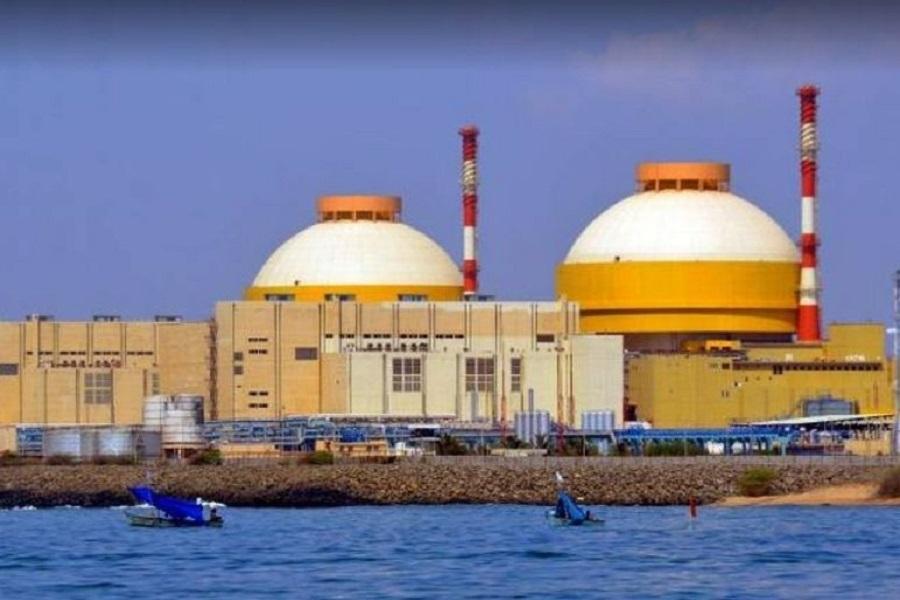
Centre Reviews 100 GW Nuclear Mission to Boost Clean Energy Goals
The Indian government has taken a significant step towards achieving its ambitious clean energy goals by reviewing the 100 GW Nuclear Energy Mission. The meeting, convened by Union Power Minister Manohar Lal Khattar and Minister of State for Atomic Energy, Dr Jitendra Singh, is a testament to the country’s commitment to reducing its carbon footprint and achieving Net Zero emissions.
The 100 GW Nuclear Energy Mission is a critical component of the Indian government’s plan to expand the country’s clean energy basket. The mission aims to increase India’s nuclear power generation capacity from the current 6.7 GW to 100 GW by 2031. This ambitious target is expected to play a significant role in reducing India’s dependence on fossil fuels and mitigating the impact of climate change.
The meeting, which was attended by senior officials from the Ministry of Power, Ministry of New and Renewable Energy, and the Department of Atomic Energy, was aimed at reviewing the progress made so far and outlining key directives to achieve the 100 GW target. The meeting also focused on the challenges faced by the nuclear power sector and the steps needed to overcome them.
According to sources, the meeting discussed a range of issues, including the need to improve the efficiency of existing nuclear power plants, the development of new technologies, and the creation of a robust regulatory framework. The meeting also emphasized the importance of public-private partnerships in achieving the 100 GW target.
The Indian government’s commitment to nuclear energy is reflected in the country’s increasing investment in this sector. According to reports, the government has allocated over Rs 1 lakh crore for the development of nuclear power projects in the coming years. The government has also set up a dedicated fund to support the development of small modular reactors (SMRs) and advanced reactors.
The 100 GW Nuclear Energy Mission is not only critical for meeting India’s clean energy goals but also has significant implications for the country’s energy security. Nuclear power is a zero-carbon source of energy, and increasing its capacity can help reduce India’s dependence on imported fossil fuels. This can lead to a significant reduction in the country’s energy import bill and improve its balance of payments.
The government’s focus on nuclear energy is also expected to create new job opportunities and drive economic growth. The nuclear power sector is expected to create over 10 lakh jobs in the coming years, both directly and indirectly. This can help reduce unemployment and improve the overall economic outlook of the country.
Despite the challenges faced by the nuclear power sector, the 100 GW mission is expected to be achieved by 2031. The government has set up a high-level committee to monitor the progress made and overcome the challenges faced by the sector. The committee is headed by the Secretary, Ministry of Atomic Energy, and includes representatives from the Ministry of Power, Ministry of New and Renewable Energy, and the Department of Atomic Energy.
The government’s commitment to nuclear energy is also reflected in the country’s increasing participation in international nuclear cooperation. India is a member of the International Atomic Energy Agency (IAEA) and has signed agreements with several countries, including the United States, Russia, and France, to cooperate in the field of nuclear energy.
In conclusion, the review of the 100 GW Nuclear Energy Mission is a significant step towards achieving India’s clean energy goals. The mission is critical for reducing the country’s dependence on fossil fuels, mitigating the impact of climate change, and improving its energy security. The government’s commitment to nuclear energy is reflected in its increasing investment in this sector and its focus on creating a robust regulatory framework. As the country moves forward with implementing the 100 GW mission, it is expected to create new job opportunities, drive economic growth, and improve its overall energy outlook.






